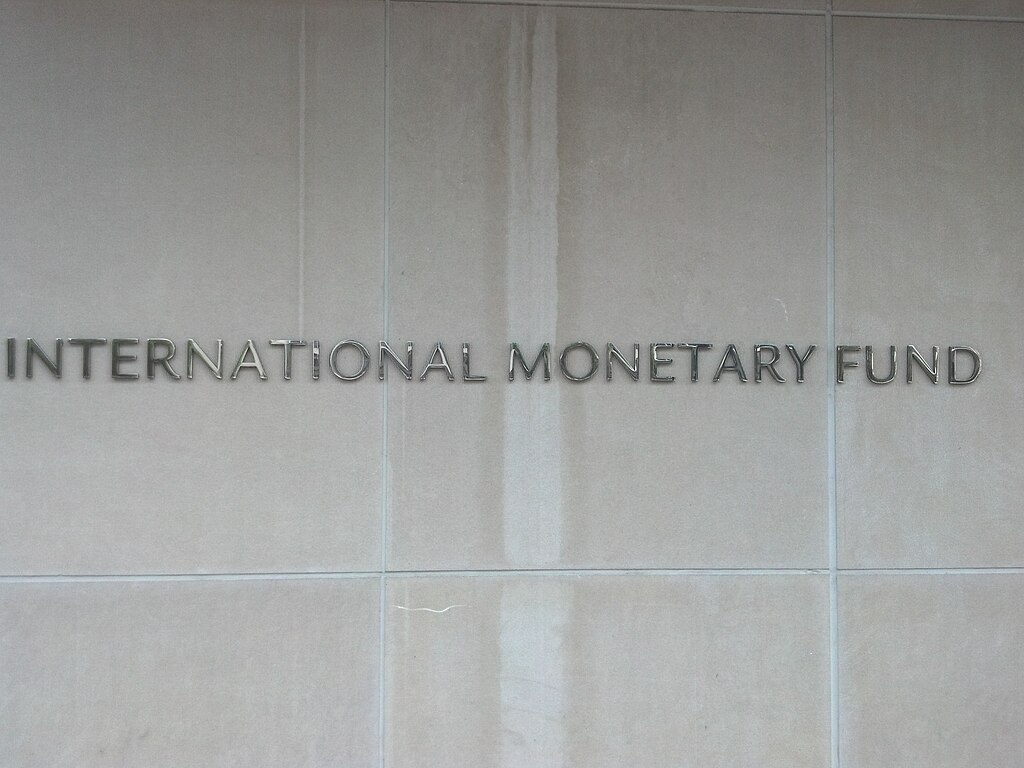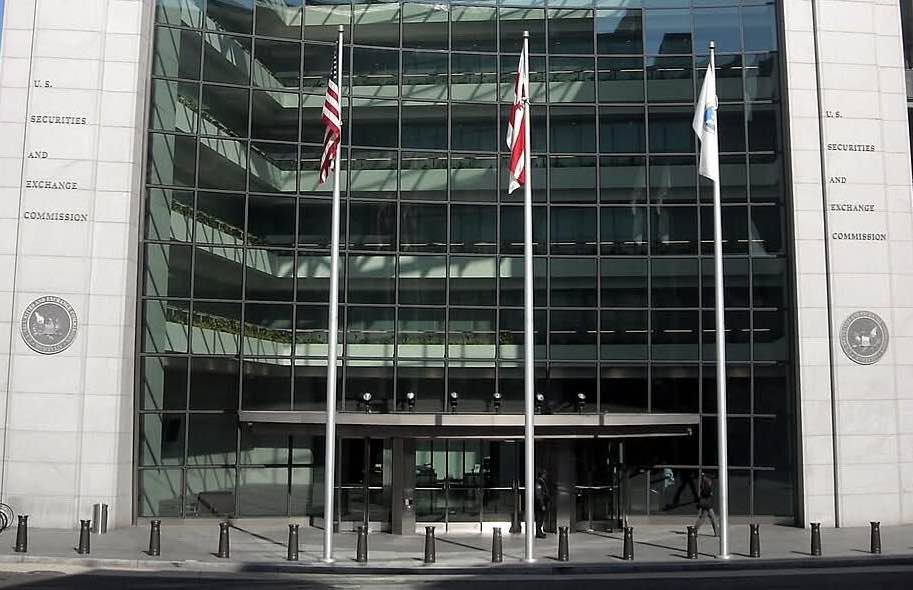Bridge, the stablecoin infrastructure company acquired by payments giant Stripe, has applied for a national bank trust charter with the U.S. Office of the Comptroller of the Currency (OCC), co-founder Zach Abrams announced Wednesday. If approved, Bridge would fall under federal oversight, allowing it to provide regulated services such as stablecoin issuance, custody, and reserve management.
Abrams emphasized that this move aligns with Bridge’s long-term vision. “We’ve long believed stablecoins will be a core, regulated financial building block,” he shared on X. “This regulatory infrastructure will enable us to tokenize trillions of dollars and make this future possible.”
The application comes amid growing momentum among stablecoin issuers—including Circle (CRCL), Ripple, and Paxos—who are pursuing federal regulation to mirror traditional finance standards. The stablecoin market, now approaching $300 billion, continues to surge as digital dollars gain traction for cross-border payments. The recent signing of the GENIUS Act into law has further enhanced regulatory clarity, accelerating adoption in the U.S.
Earlier this month, Stripe introduced its Open Issuance platform, enabling businesses to create their own stablecoins using Bridge’s blockchain infrastructure. Several major crypto projects—including Phantom’s CASH, MetaMask’s mUSD, and Hyperliquid’s USDH—already depend on Bridge as their issuance partner.
Stripe’s $1.1 billion acquisition of Bridge last year solidified its position in blockchain-based financial innovation. The move represents Stripe’s growing ambition to integrate Web3 technologies into mainstream payments, bridging traditional banking with decentralized finance.
As competition in the stablecoin sector intensifies, Bridge’s push for federal licensing could establish it as a leader in regulated crypto finance—positioning Stripe at the forefront of the next wave of digital payments.

























Comment 0